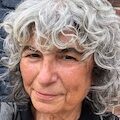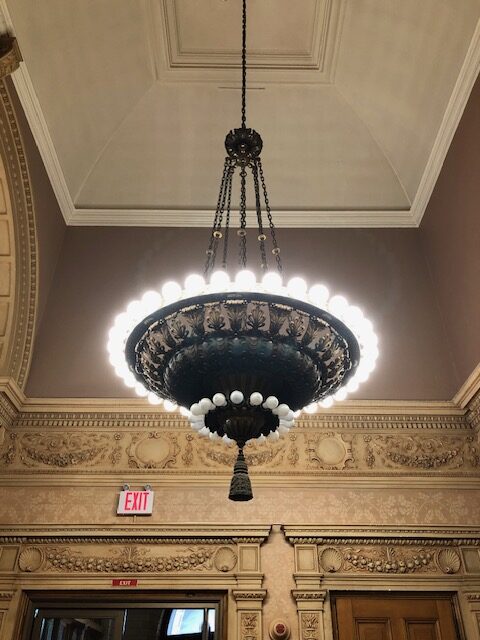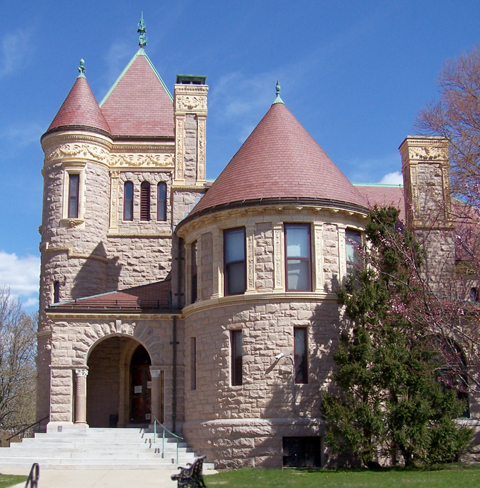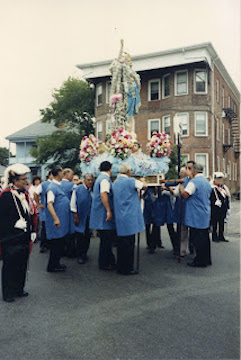When I was a kid, I spent so much of my time reading thanks to the Millicent Library in my hometown of Fairhaven. On Wednesday, Oct. 18 at 6:30 p.m., I will experience a different kind of reading there — when I share my experiences about writing and read from a couple of the books I wrote. I smile as I type this.
First a little history: The Millicent Library is one of the extraordinarily beautiful buildings given to Fairhaven by Henry Huttleston Rogers, a resident who became wealthy thanks to oil. Charles Brigham, the noted architect, designed the Italian Renaissance building, which took two years to complete. The library is dedicated to Rogers’ daughter Millicent, who died at age 17. It appears she once said, “I wish we had a good library.” It was dedicated on Jan.30, 1983, the anniversary of her birth.
Friends from Taos, where Hank and I lived for 11 years, will recognize the name Millicent Rogers. In Taos’ case, this Millicent was the granddaughter of Henry Huttleston Rogers. She lived a fabulous life. An art museum, which I visited often, is in her name.
But back to Fairhaven … My late mother, Algerina Medeiros who was a big reader, took us frequently to the Millicent Library to borrow a stack of books. I recall attempting to read the whole Wizard of Oz series. I remember when I stopped using the kids’ room to venture into the adult sections, including nonfiction.
So, I was excited when I learned that the Millicent Library had my books available for its patrons to borrow, most notably the Isabel Long Mystery Series. Earlier this year, on a visit back home, I stopped in to thank the staff and to give a copy of The Sacred Dog. I was touched when I received an email from Barb Mitchell of the Friends of the Library inviting me to do a reading. Of course, I accepted.
At the Oct. 18 reading, I will talk about my writing experience, including how I overcame a 25-year writer’s block, and my books in particular. I will read from the latest, Northern Comfort, a dark drama about the haves and have nots in a rural town. I also plan to give a sneak peek into Missing the Deadline, the seventh in my Isabel Long Mystery Series, which darkstroke books is releasing later this year.
I will be glad to take questions. And, yes, I will bring books for sale at a discount. Ten bucks will get you one of them.
Friends and family, I hope to see you in the audience on Thursday.
ABOUT THE IMAGE ABOVE: One of the elaborate lights at the Millicent Library.




